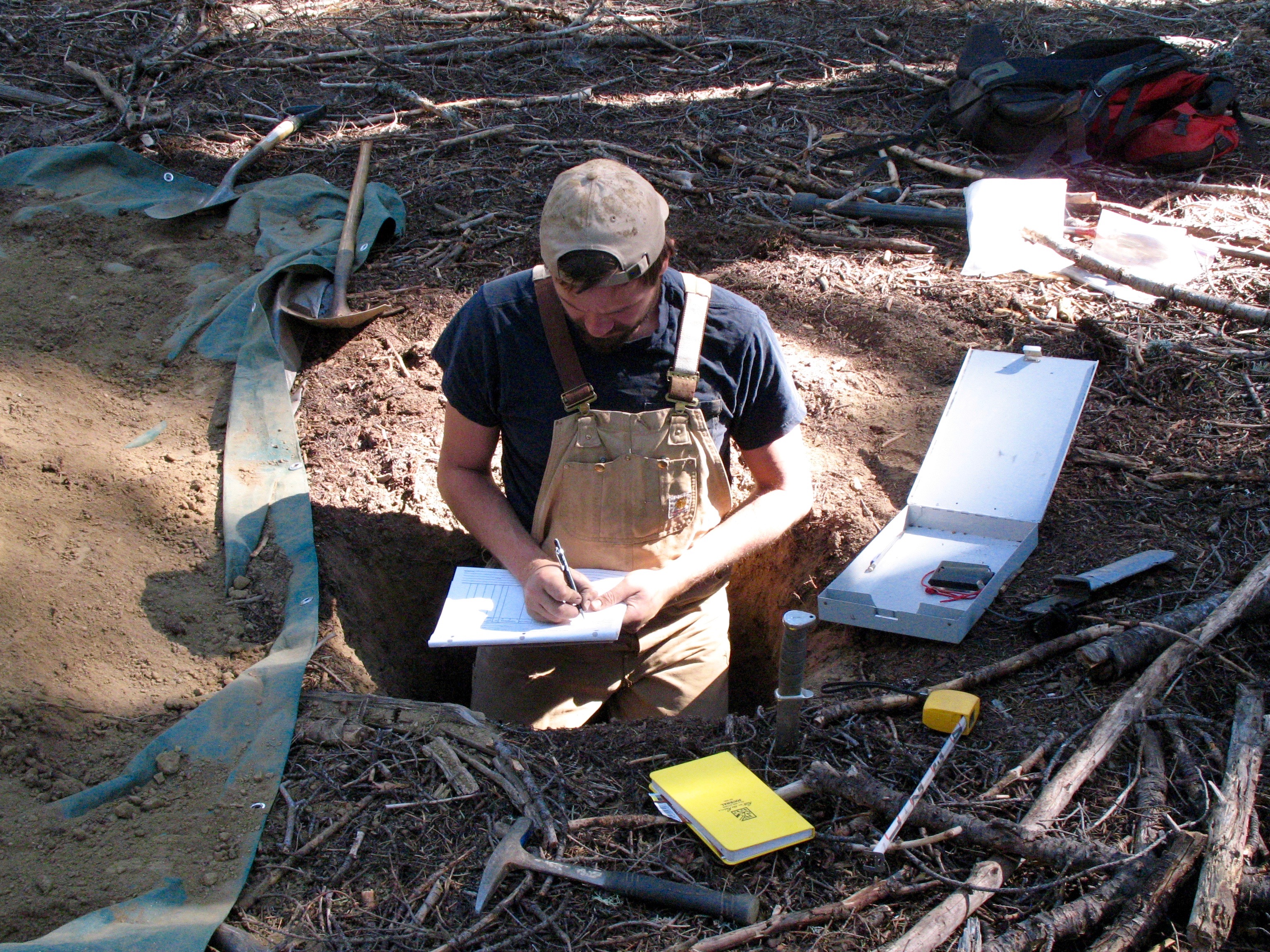
UC Davis study shows bedrock is major nitrogen source for terrestrial ecosystems
The atmosphere has long been regarded as the main source for nitrogen in the environment. Microbes and other organisms fix the nitrogen gas into a form available for plants to use while the rest is recycled in surface soils. In the ocean, plankton fix nitrogen, then carry it down to the sea floor when they die, storing some of the Earth’s nitrogen in the mantle. A new study from UC Davis shows that about 19 to 31 teragrams of nitrogen are weathered from rocks annually, providing 6 to 17 percent of the nitrogen going into natural systems. This source accounts for an excess of the mineral that scientists had previously attributed to inaccuracy or limited understanding of our global systems.
“Where did people think the nitrogen was coming from? They would say that maybe we can’t fully measure the atmospheric processes well,” said Benjamin Houlton, a professor of land, air and water resources and director of the John Muir Institute of the Environment. “‘We’re not just quite good enough, that must be it.’ But study after study said that there’s all this nitrogen accumulation in soils and plants that we cannot explain, and it turns out — not in every case but in a lot of cases — we think the rocks are the major reason why that was going on.”
While the sea floor was already established as a nitrogen sink, it was uncertain what happened to the nitrogen after it was buried. The authors determined that, according to the mass conservation model, what went into the crust had to come out as well. Volcanoes weren’t emitting nearly enough nitrogen to balance the equation, so there had to be another terrestrial source.
“You go over to Arizona and large areas nearby that were underwater not too long ago, millions of years ago, that were former seafloor,” Houlton said. “Well now that’s got the relic of ancient nitrogen that was trapped by biology and has been converted solely over to rocks, which can then now resupply that rock nitrogen to the living part of the planet today.”
The amount of nitrogen available from rock may vary depending on the region and climate. In wetter climates, stone weathers more rapidly, but if the rock is low in nitrogen then little will become available. Mountains and bedrock formed from sedimentary and metasedimentary layers contain the highest amounts of organic nitrogen. These regions of the world often have higher rock nitrogen in the plants and soil, unlike the tropics and agricultural and urban areas, which rely on atmospheric fixation or other sources for nitrogen.
“Rock has the biggest impact on nitrogen budgets in mountainous and colder regions of Earth,” said Scott Morford, the co-leading author and former postdoc at UC Davis, in an email interview. “In these places, rock could contribute 50% or more of the total nitrogen to land ecosystems. By accounting for these inputs in our various models, we can better project how intact forests and grasslands can help mitigate climate change.”
Global climate models tend not to consider nutrients, including nitrogen and its influence over carbon fixation. Plants are growing quickly with the high levels of carbon dioxide, but nitrogen enables them to grow. Predictions for carbon fixation in trees in response to climate change also don’t take into account that many environments are nitrogen-limited, creating a rather optimistic overview. However, being able to count bedrock as a “new” source of nitrogen may help improve climate models or targeted conservation efforts. Ecosystems with high rock nitrogen could be protected as carbon storage reservoirs or be included in monitoring calculations to better determine nitrogen pollution in surface or groundwater. Iris Holzer, a graduate student in the Houlton Lab, is currently studying rock nitrogen weathering on a regional scale to determine how much nitrogen becomes available to terrestrial ecosystems.
“Ultimately,” Holzer said in an email, “by better quantifying rock nitrogen weathering at a regional scale, we aim to update global models of the carbon cycle and carbon sequestration to reflect this globally widespread but not fully accounted for pool of nutrients.”
Written by: Kira Burnett — science@theaggie.org



